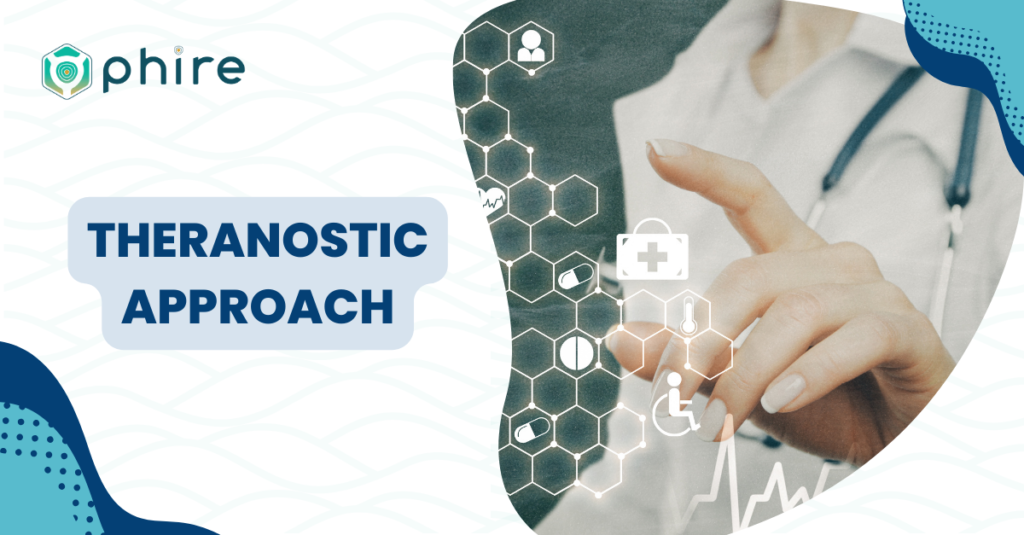Health programs are in urgent need of advanced diagnostic imaging tools and treatments to eliminate chemoresistant cancerous growths that are smaller than 1 mm in size.
PHIRE is focused on developing and bringing to market a new high-resolution medical device that combines diagnosis and therapy (theranostic) for these small lesions. This device is designed to be effective in clinical settings, particularly for treating bladder cancer, and is suitable for both male and female patients.
The adoption of PHIRE solution
Implementing the PHIRE solution in relevant medical settings involves:
- Introducing an add-on module for existing off-the-shelf photoacoustic devices. This module enables photoacoustic imaging of hollow organs deeper within the human body. It’s designed to work alongside..
- An artificial intelligence-assisted prediction map. This map aids in guiding gold nanorods for photo-thermal therapy based on the images obtained.
- Large-scale synthesis of urine-stable gold nanorods suitable for clinical use.

The adoption for clinical applications of this new device will reduce the frequency of the bladder tumour relapse and the number of patients with relapsing tumour. This way, PHIRE will have a positive impact on the quality of life of bladder-cancer patients, reducing the social cost of bladder-cancer management. In addition, PHIRE innovative solutions will also be applicable to other diseases and technological markets, such as that of photoacoustic and diagnostic imaging, gold nanoparticles, cystoscopy and medical software.
An experienced consortium
The PHIRE project is based on the outcomes of the EU-funded project, EDIT. It introduced a transformative approach to address unmet clinical needs in bladder cancer management. Using a combination of high-resolution ultrasound elastography and photoacoustic imaging, EDIT focused on early detection and therapy. PHIRE will carry on by going deeper with more lab testing and improving the early detection of bladder cancer.
The Consortium follows a multicultural and multidisciplinary approach (urology, radiology, biology, nanotechnology, chemistry and mathematical modelling), bringing together scientists with a proven track. It is composed by hospital, academia and industrial researches located in Italy (San Raffaele Hospital and University of Bologna), United Kingdom (Ascend Technologies LTD), The Netherlands (Fujifilm Visualsonics) and Belgium (META Group).




